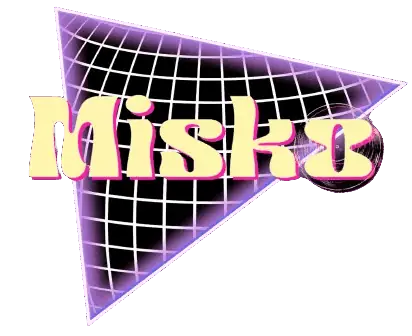When you step into a club today and hear the recognizable “four-on-the-floor” beat of house music, you’re listening to a rhythm with roots that stretch back to disco’s glittering days. Far from being just “Saturday Night Fever” and mirror balls, disco created the DNA for electronic dance music as we know it. Without disco, there would be no house. Let’s take a deep dive into how the shimmering world of disco influenced house music.
The Golden Age of Disco (1970s)
Disco truly evolved from being just a popular genre to a huge cultural movement of freedom and expression. In the 1970s, disco broke barriers on the dancefloor, uniting people from everywhere. Clubs like Studio 54 in New York became symbols of freedom, expression, and liberation. Musically, disco was defined by:
- A steady four-on-the-floor beat
- Syncopated basslines
- Soulful and catchy lyrics
- Emphasis on the extended intros and outros for mixing

But while disco soared in popularity, it also became a target. The infamous “Disco Demolition Night” in 1979 symbolized a backlash, and by the early ’80s, disco was declared dead. For the ones that do not know about “Disco Demolition Night”, it was a night where Disco records were put to explosion at a Chicago White Sox baseball game.
Yes, you read that correctly! At the time, Disco music faced a major backlash from Rock music fans and in an attempt by the White Sox to get more attendees, the club invited Disco music critic, Steve Dahl for promoting the event, by blowing up Disco Records on the field. People could hand in a Disco record in return for a huge discount to only 98 cents for admission. After Steve blew up the collected Disco Records, people stormed on the field and a riot commenced, that lead to injuries and multiple arrests.
From Disco to Proto-House (Late ’70s – Early ’80s)
While the mainstream turned its back on disco, DJs in Chicago and New York kept the flame alive.
- Frankie Knuckles, often called the “Godfather of House,” took up residency at Chicago’s Warehouse club, blending disco tunes with more bass-heavy House music.
- Early drum machines like the Roland TR-808 and TR-909 allowed DJs to produce beats locally, moving from live instruments to machine-driven beats.
The Birth of House Music (1980s)
By the mid-1980s, house had emerged as its own identity. But you can hear disco’s fingerprints all over it:
- Four-on-the-floor kick drum: Straight from disco’s heartbeat.
- Bass-driven grooves: Inspired by funk and disco basslines, the
- Vocal stylings: Emotional, soulful vocals reminiscent of disco divas.
- Inclusivity: Just as disco gave marginalized groups a safe haven, house culture continued this tradition in Chicago’s underground clubs.
Tracks like Jesse Saunders’ “On and On” (1984) and Marshall Jefferson’s “Move Your Body” (1986) are house music classics that owe everything to disco’s blueprint.
The 1990s: House Goes Global
As house music evolved, it didn’t just stay in Chicago. By the 1990s, house had spread worldwide. The UK embraced it, adding rave culture and acid house. Europe gave the world deep house and progressive house.
At the same time, artists like Madonna (Vogue) and CeCe Peniston (Finally) blurred the line between pop, house, and disco-inspired dance. The disco spirit was alive, just dressed in completely different clothes.

Disco’s Lasting Influence on Modern Dance Music
Today, disco and house are more intertwined than ever:
- Nu-Disco & Disco House: Artists like Purple Disco Machine, Daft Punk, and Dimitri From Paris bring disco vibesback into modern productions.
- Sampling: Countless house tracks sample disco records. One of the most sampled disco song ever is ‘Good Times‘ by Chic.
What was once dismissed as a short-lived culture, is now recognized as a pillar of global dance music.
Conclusion
House music is really not a standalone genre and evolved from the dominant years of Disco. The spirit of disco, with its celebration of rhythm, groove, and community, continues to pulse through many house track you hear today. So, the next time you’re on the dancefloor, dancing to banging house sets, remember that you wouldn’t be dancing there without the existence of disco.
A very interesting story as well is how Italo Disco served kind of as an intermediary between Disco and House. You can learn more on that in my article!


